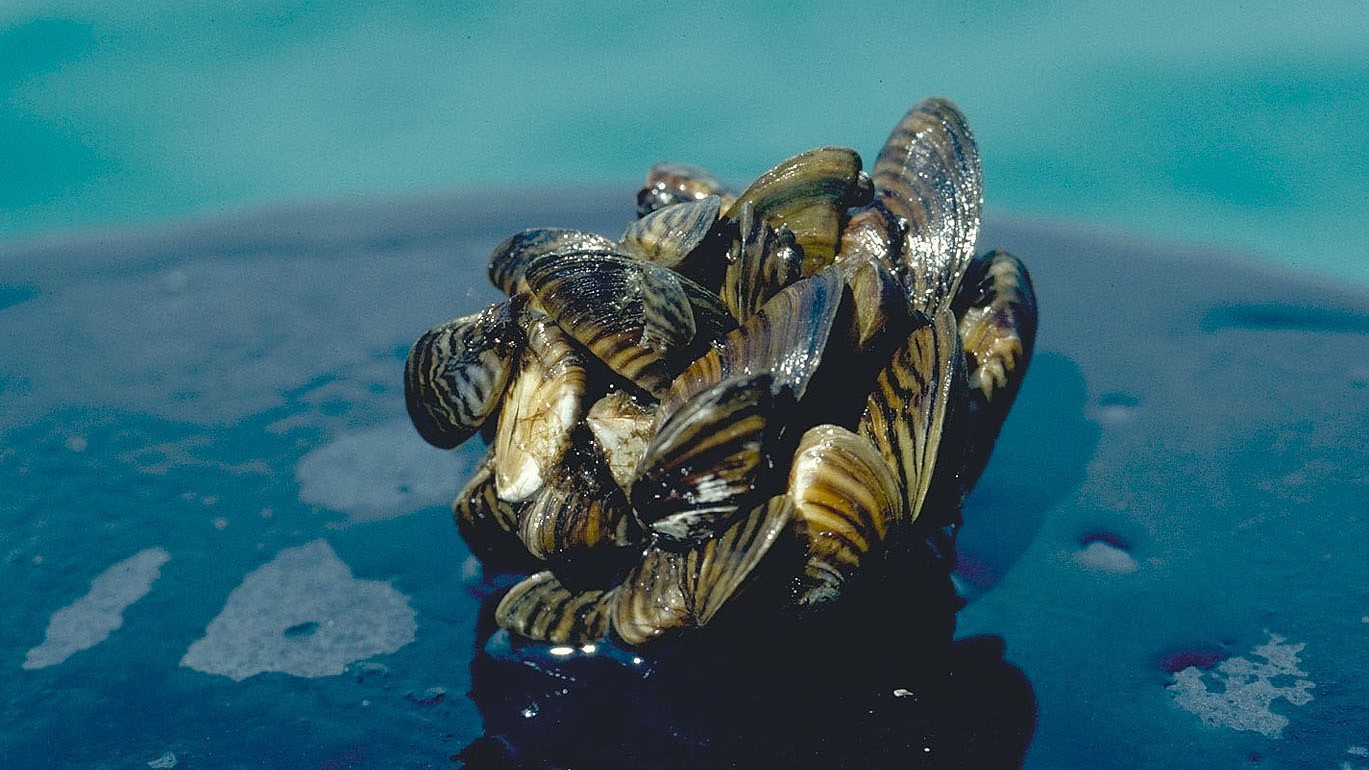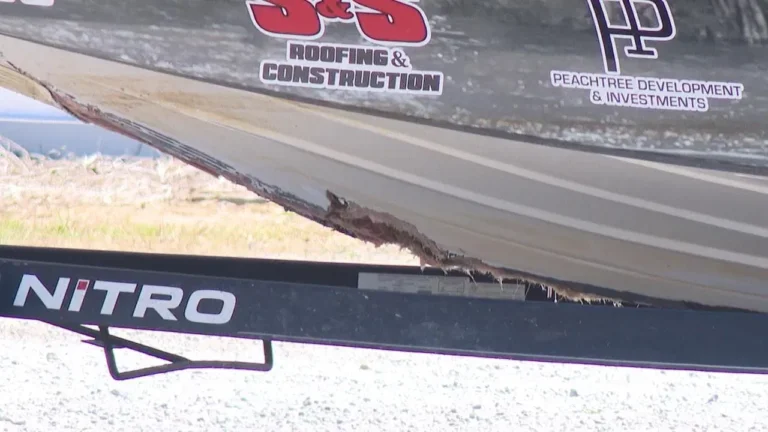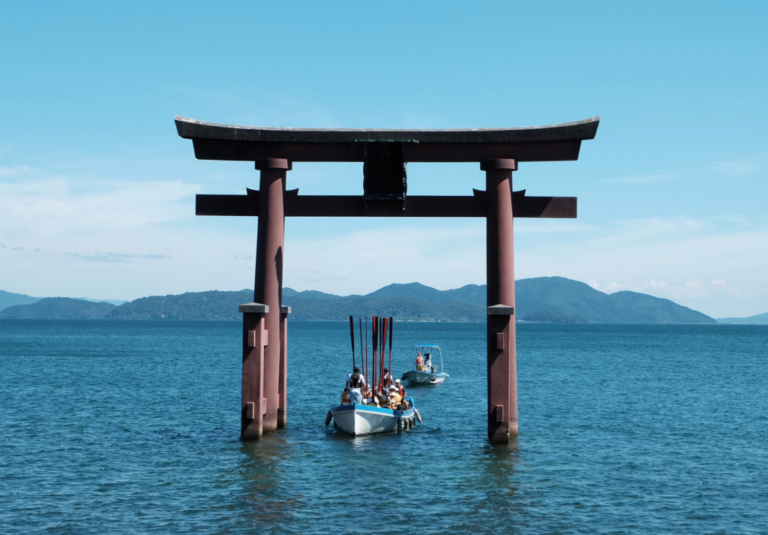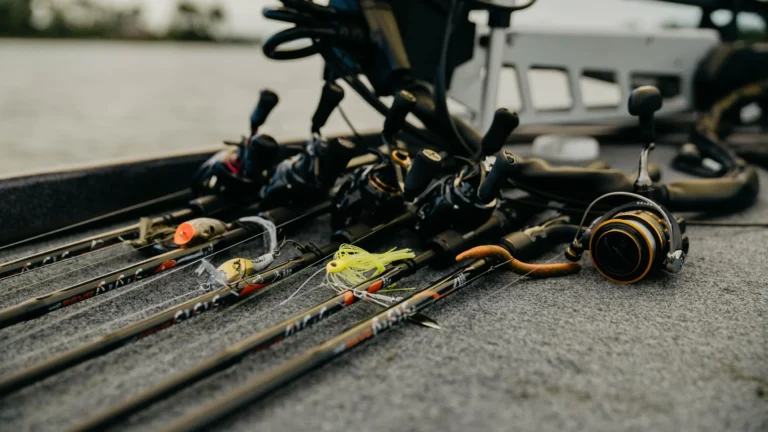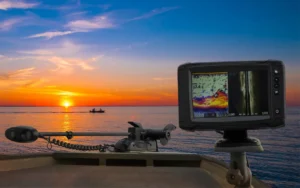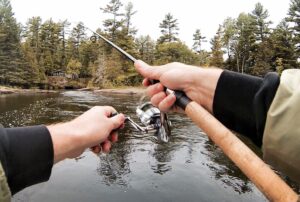Invasive species pose one of the greatest threats to native ecosystems, and bass populations are no exception. The introduction of non-native species, whether intentionally or accidentally, disrupts the delicate balance of local aquatic environments, leading to significant changes in the behavior, health, and distribution of bass species.
Predation and Competition
Invasive species often compete with native bass for food and space. Species like the zebra mussel, which filters large amounts of plankton from the water, can reduce the food supply for bass, especially young fish. Additionally, predatory invaders such as northern pike or various non-native catfish may target bass fry, reducing their survival rates. This competition for resources can result in diminished growth rates and overall population health for bass.
Disease and Parasites
Invasive species can also introduce new diseases and parasites that native bass have not evolved to resist. Parasites like the Asian carp’s associated pathogens have been linked to significant declines in native fish populations. When invasive species bring these harmful organisms, they can cause outbreaks, further stressing bass populations.
Habitat Alteration
Certain invasive plants, like the water hyacinth or hydrilla, can drastically alter the habitat in which bass thrive. These plants often grow rapidly, covering the water’s surface and reducing oxygen levels, which can harm bass and other fish. Additionally, invasive species like the Asian carp disturb the water column, feeding on plankton and algae, which alters the availability of food sources for bass.
Genetic Impact
In some cases, invasive species can even hybridize with native bass species, leading to genetic dilution. This can result in the loss of unique genetic traits, weakening the resilience and adaptability of the population. Hybridization can lead to smaller, weaker fish that are less suited to the environment.
Management and Mitigation
Managing invasive species requires a coordinated effort between state and federal agencies, local organizations, and the public. Strategies like stocking native species, removing invasive plants and animals, and improving water quality can help mitigate the negative effects of invasive species on bass populations. Public awareness and responsible fishing practices also play a critical role in protecting bass and other native fish.
Conclusion
The impacts of invasive species on bass populations are complex and far-reaching. They challenge the delicate balance of aquatic ecosystems and the health of our native fish species. By understanding these threats and taking proactive measures, we can help protect bass populations for future generations.

